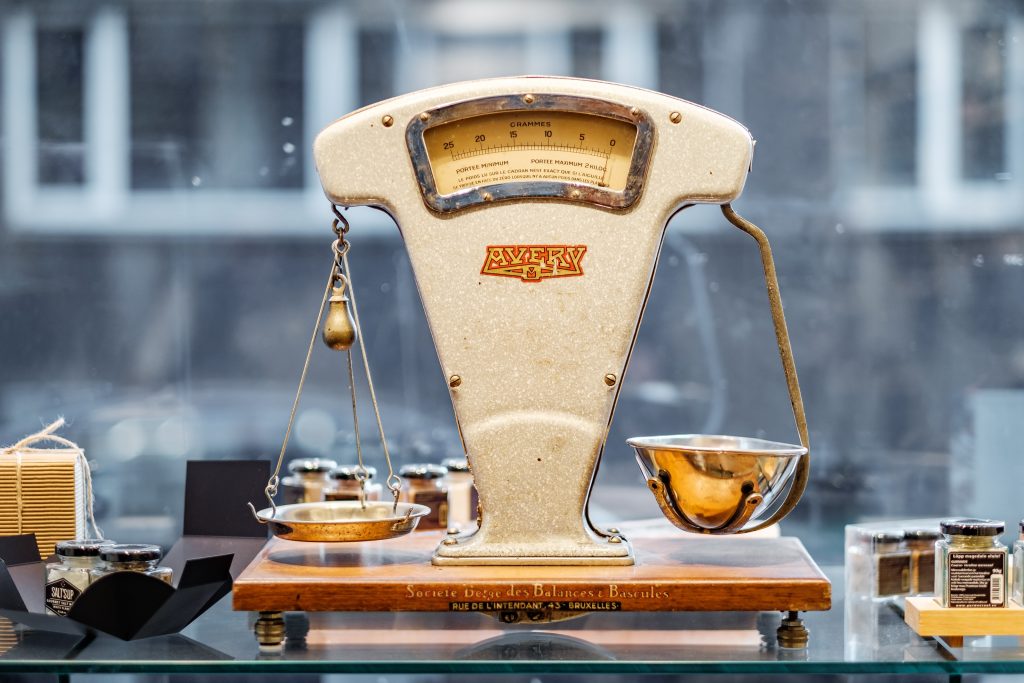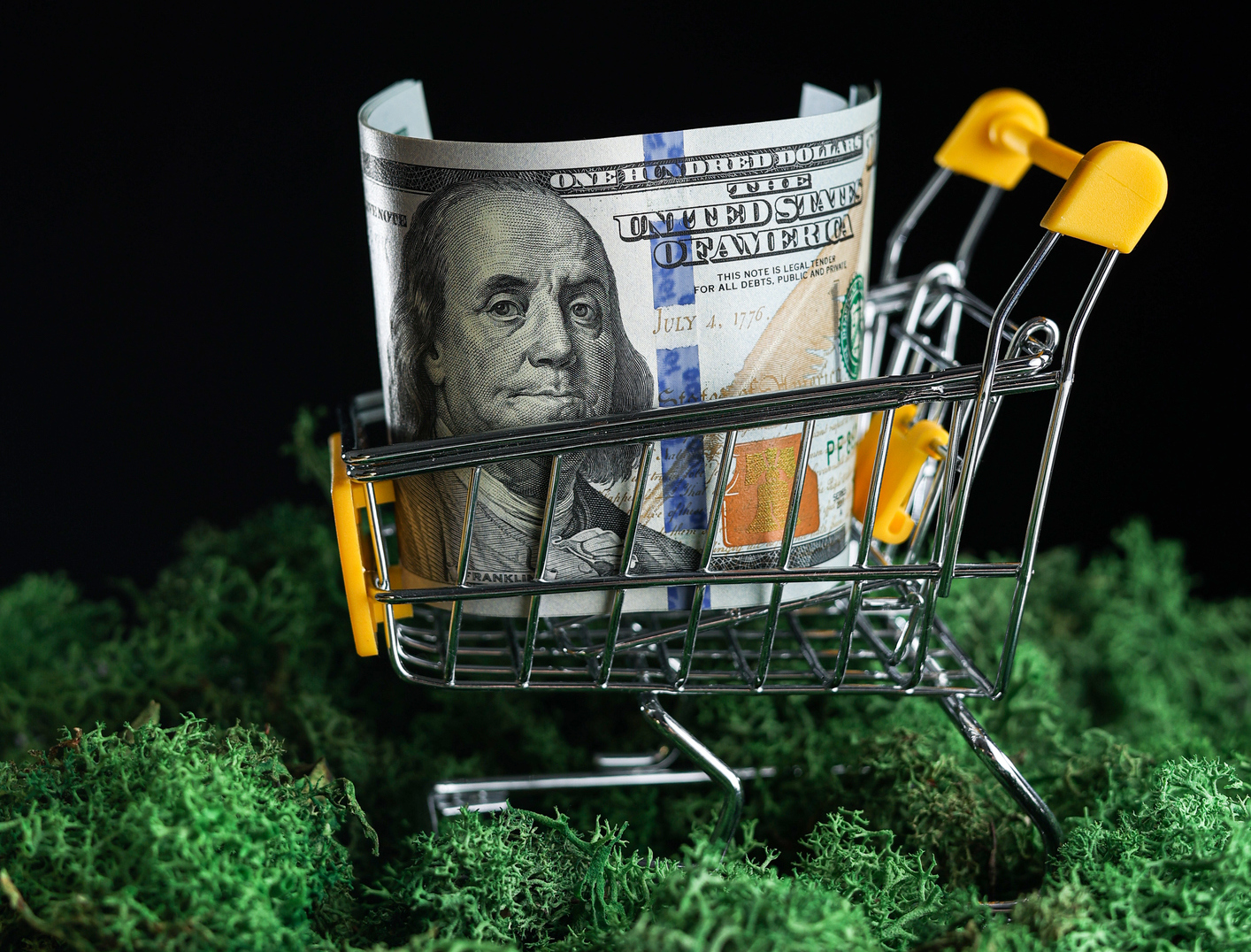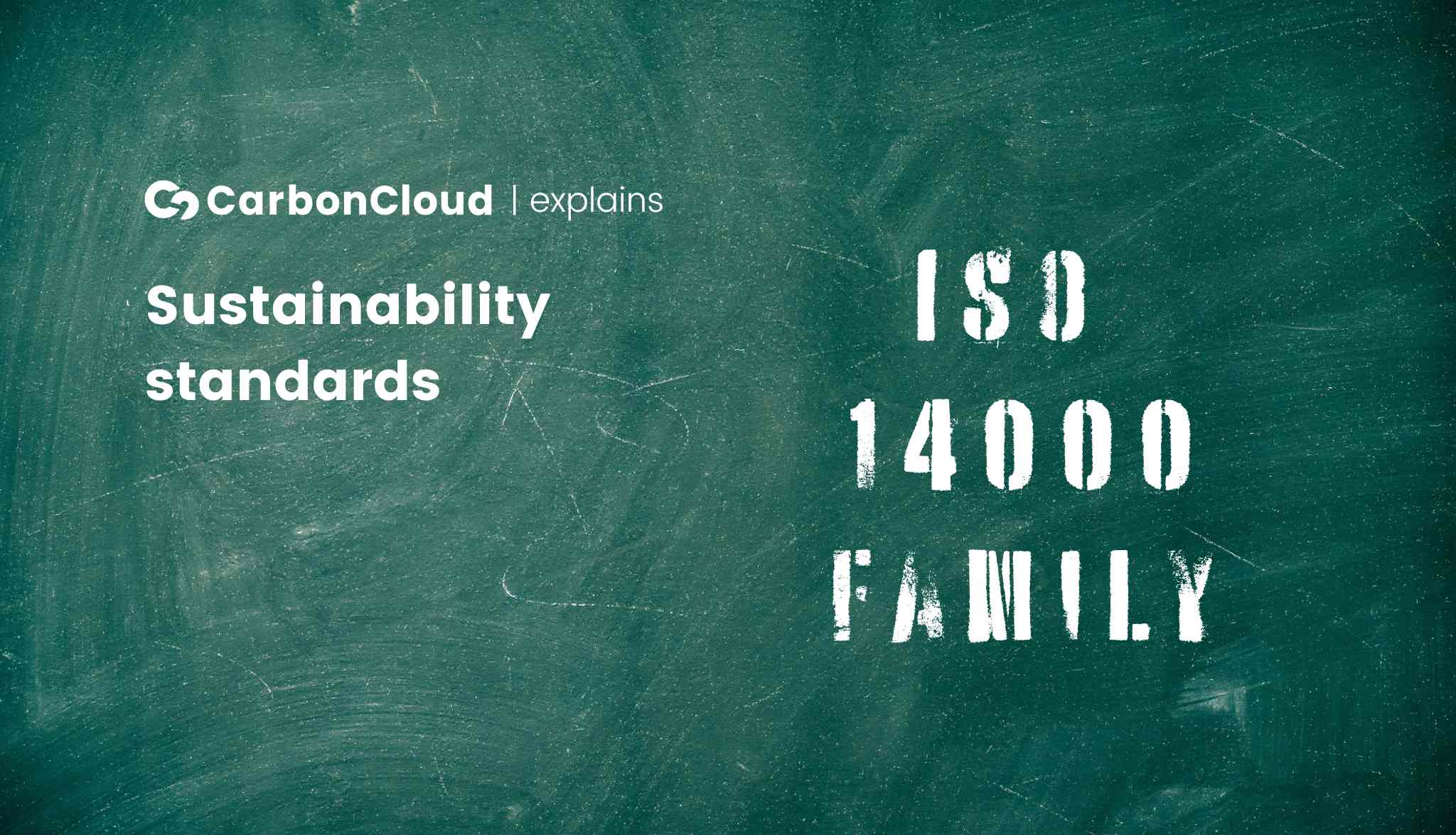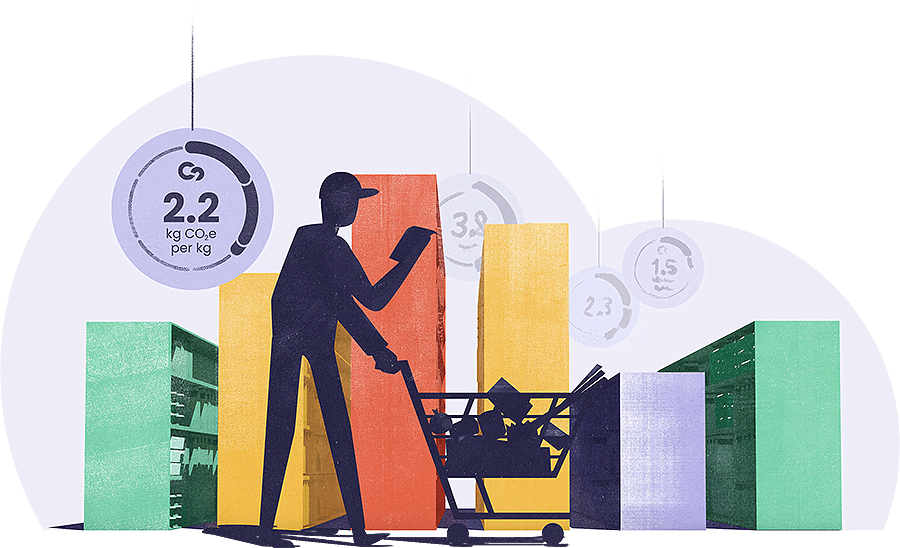Why is comparability important in carbon footprints?
Comparing different climate footprints may seem nitty-gritty, sustainability navel-gazing. In actuality, the comparability of climate footprints is central to what humanity can do against climate change and towards the 1.5°C goal.
But it does start with a simple consumer question, a marketing campaign, a discussion with our clients, a question from the press.
⚖️ How can a single product have different climate footprints?
There are two components to this answer:
1. The life cycle assessment (LCA) domain
To start with, an LCA is a study that outlines the parameters of a product with a climate impact and combines them into a calculation of the climate footprint. But many things may differ in an LCA study:
Allocation, functional unit of analysis, system boundaries, emission factors, mechanisms, time period, data quality, embedded carbon.
Yes, these are highly technical terms that may or may not mean something to you. But this will: Apart from technical terms, all the above are decisions.
An LCA practitioner has different options on each of these factors and with every LCA study, can rightfully choose the option that best fits the purpose of the study.
- The climate footprint of the same product may differ depending on the LCA decisions
One would expect sustainability standards to standardize these decisions. Unfortunately, they don’t… Even the standards that are specific to LCAs and product climate footprints, like the GHG Protocol Product Life Cycle Accounting and Reporting Standard and ISO 14067, don’t streamline these decisions.
Most of these standards simply outline what options they accept for compliance. This still leaves an array of options to LCA practitioners, which often results in different decisions, hence different product climate footprints – both standard-conforming!
The big problem arising from different climate footprints is that 2 different climate footprints from 2 different LCAs for the same product cannot be compared with each other. It is moot to put them side by side.
- The different results say more about the way the LCA was performed than the climate impact of the product itself.
🍎🍊 And so far, we have been looking at the same product. However, the same applies to two different products – or more.
Let’s look at an example:
A consumer is at the grocery store looking at the ACME oat drink and the MECA dairy drink – both products have a climate footprint on their package. Unless all the decisions in both LCA studies are the same, the consumer cannot fairly compare the two numbers or get any useful information for how the climate impact of the two products relate to each other.
- The consumer might just as well be comparing price per kilo to calories per 100 grams.
🎯 Why is comparability among climate footprints important?
Comparing the climate impact of products is the single most powerful driver to make the necessary decisions that halt climate change.
🌾 A farmer not measuring the climate impact of their product by including the same activities over time, cannot make the right changes to minimize it.
🏭 An ingredient producer cannot stand out when it comes to minimal emissions.
🍞 A food & beverage producer checking the climate footprint of potential ingredients cannot tell the climate-optimal ones that reduce the footprint of their products.
🚚 A wholesaler cannot enable their clients to buy based on emissions.
🛒 A grocer cannot source more products with reduced emissions.
💰 Investors cannot tell how climate-resilient a company’s products are compared to another.
🤷 Consumers cannot tell or choose the climate-optimal option.
Without comparable climate footprints, NONE of them can make an informed decision that reduces their climate footprint – and as a consequence, the global climate footprint.
- Comparable climate footprints are imperative for our global emissions goals.
Comparing the climate impact of products is the single most powerful driver to make the necessary decisions that halt climate change.
✊ CarbonCloud takes a stance on carbon footprint comparability
Our eyes are on the prize: Eliminate emissions from food, accelerate the climate crisis solution. And the solution needs to serve all of the stakeholders above. This is the purpose that drove our LCA choices.
- Calculate the climate impact of all the activities, no matter how large or small the impact
- Make it location-specific for every location 🟰 Global
- Include the supply chain gates that the stakeholders above can influence at the very moment of making a product decision: From the farm to the store shelf
- Measure emissions based on what is constant in every food product: Weight
- Allocate emissions based on what drives the emitting activity: Money/Economic allocation
- Be vigilant with the credibility of the data input
- Make it quantified.
That’s the CarbonCloud platform: When it’s standardized, it’s comparable. And when it’s standardized, it can be automated. And that’s what the CarbonCloud platform was built to provide: Emissions information any stakeholder can act on to reduce them. Without comparability, there is no action – only paralysis and administration.
So are you ready for comparable climate footprints that drive emissions down, down, down?
Witness the force of comparable climate footprints
Our team can prove to you in real-time how comparable climate footprints can reduce your emissions.
Book a time with a CarbonCloud expert below!
Related Posts
Sustainability claims: A 56% growth opportunity for food producers and retailers
Attributing sustainability claims to sales growth has been a year-long quest with loose results for the food industry. A new market report puts the quest to rest, providing 5-year-long evidence that s
Sustainability Standards Explained: ISO 14000 family
Nothing says Standards like the International Organization for Standardization, also known to the business community as ISO. ISO is a popular and globally credible provider of standards for pretty muc
From top to can: TENZING’s climate transparency climb
Traditionally, when people hear ‘energy drink’, they think of stunts with explosions, race cars, screaming faces, tons of sugar, chemical, and a poignant artificial flavor. Tense yet? Relax! TENZI
Grocery shopping with a climate budget: Jeff’s diary
What exactly does a climate footprint label mean? What does it translate to on the store shelves and our daily plates? Shopping with a climate budget works similarly to our weekly grocery budget: Some







